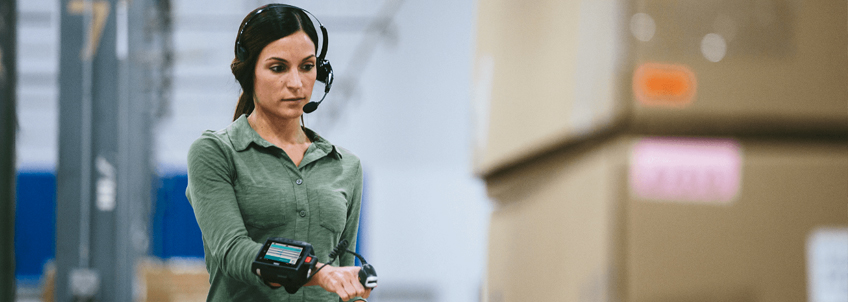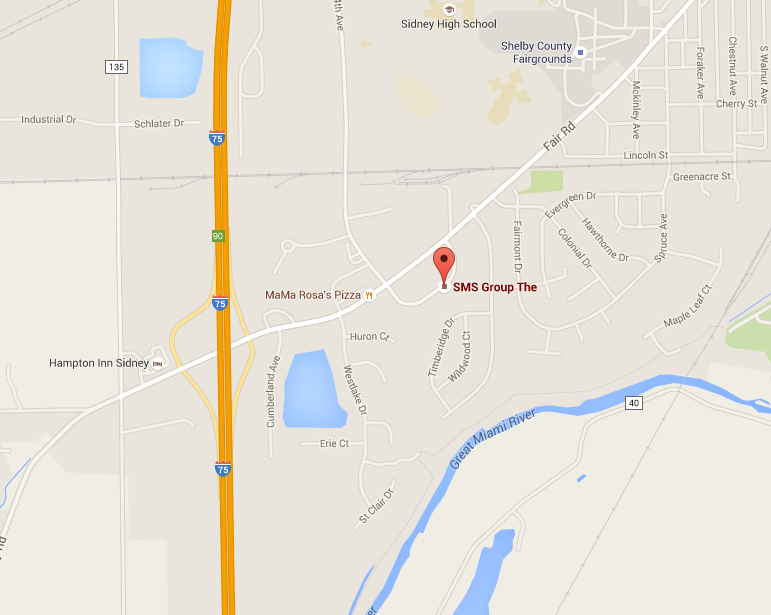Increasing Safety for the Warehouse Worker: Wearables are Paving the Way
If you are reading this, chances are you are a warehouse professional, or have an intimate knowledge of what a manufacturing, distribution center or warehouse environment is like. That said, you probably also understand how challenging this type of space can be – particularly when workers are trying to get from point A to point B safely and effectively.
Our industry leaders are continually looking for ways to improve operations in the warehouse; they understand the increasingly complicated and competitive industry we’re in, and are constantly coming up with new ways to do more with less manual effort…and do it better. Wearable devices have been around for decades, but have finally found their way into our hearts. The technology and ergonomics have become so advanced that more and more organizations are looking to wearable technology to simplify processes and empower and improve the productivity of their workforce.
The Ergonomics
Ergonomics is always a key focus for the engineers that design these devices. The trouble is, performance usually is the #1 priority. However, as technology has become more advanced, improved performance and reduced size (think of your first iPod, or heck, how about your first computer monitor?) have been able to live in perfect harmony. This applies to hand-held scanning devices, mobile computers and now wearable scanners and mobile devices. In fact, the first few generations of wearable devices were tough on the ladies (which, by the way, make up nearly half of the warehouse workforce at Amazon and others), who were very vocal about the fact that their wrists and hands were smaller and needed to be accommodated!
Today’s ring scanners and wearable mobile computers are designed to provide support and comfort throughout the workers shift, regardless of whether they were wearing gloves or attached to the left or right arm. Take the Zebra WT6000, for example. This wearable Android computer is smaller and lighter than any other wearable computer on the market weighing in at only 8.7 ounces (245g ) with the battery installed. They’ve made critical improvements like replacing the Velcro closure with a popular closure system that allows micro adjustments for a perfect, lasting fit. A new breathable, rubberized and vented sleeve made from silicone stays secure and comfy, particularly on bare skin. To keep it clean, the non-absorbent material can be wiped down at the start and end of every shift.
For the Safety of Your Workers
According to the International Labor Organization, every 15 seconds, 151 workers have a work-related accident. Despite regulations and procedures, work accidents are still a very big problem across industries. In addition to the effect it has on the injured worker, work-related accidents impact productivity, morale and profits.
IoT technology focuses on the connected worker to empower them, provide access to critical data and to offer improved accuracy and increased productivity. Efforts to mobilize workers, particularly hands-free workers, results in a greater awareness of the worker’s surroundings which ultimately keeps the worker safe. Wearable technology can transform workflow processes, provide for smoother, faster picking and put-away applications and keep workers focused. When employees utilize a wearable device, they are expending less effort because they don’t have to pick up / put down a device every time they need to identify an inventory location or record a picking transaction.
- Faster, more accurate and more efficient workflows
- Improved safety and ergonomics
- Controlled costs
- Happier customers
With wearable technology, workers can process transactions in a smooth, cost-effective way without compromising their safety, productivity or the satisfaction of your customers.
Considering wearable technology to improve processes in your warehouse? We can help you select the right models based on your unique requirements. Simply email us or call 937-498-2700.
Not quite ready for wearables but need to take steps toward automating existing processes? Contact us to learn more about successes we’ve seen and how to take steps toward greater operating efficiencies in your environment.


